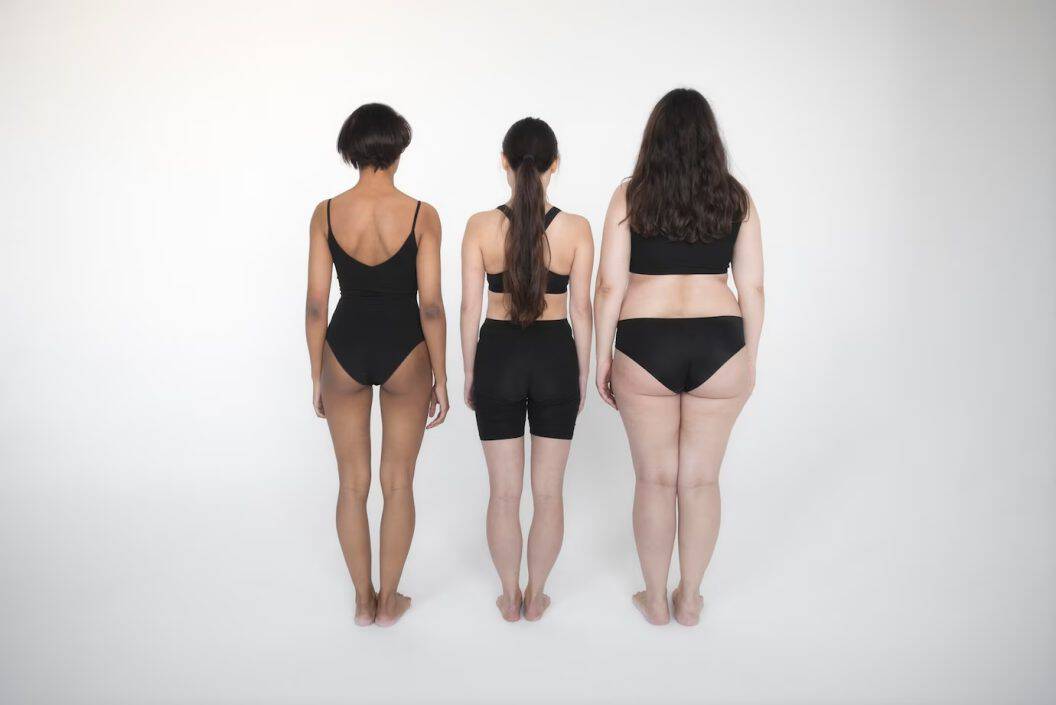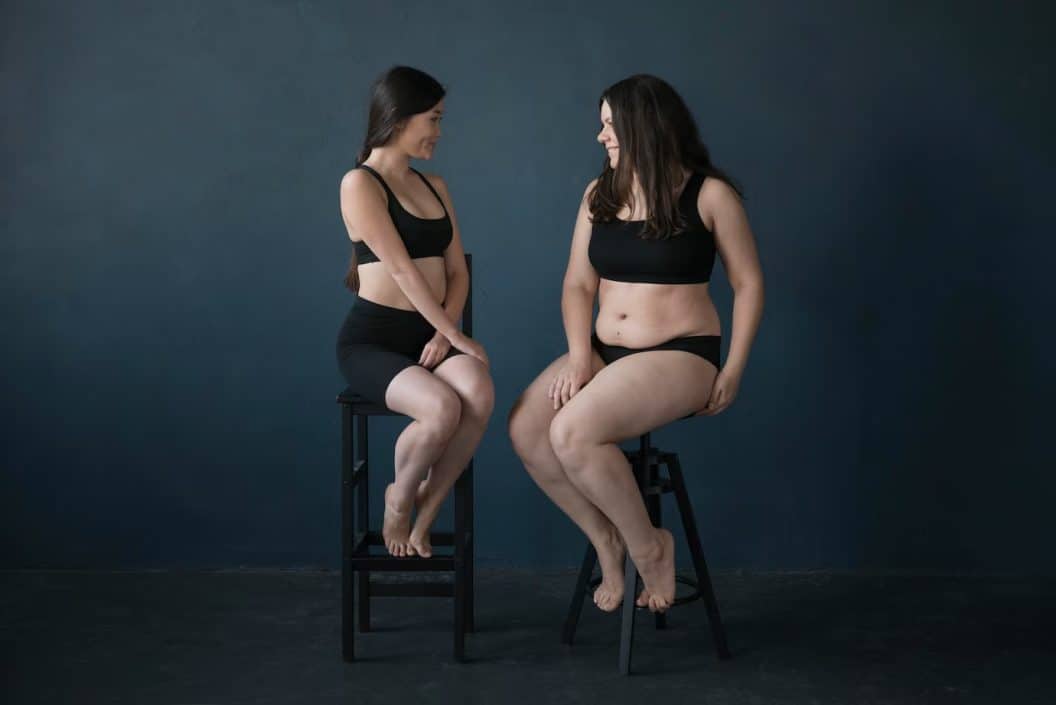Table of Contents
Championing Body Neutrality: A Shift from Positivity

Body neutrality has emerged as a refreshing alternative to body positivity, encouraging individuals to embrace their bodies without placing undue focus on appearance. Unlike body positivity, which centers on loving every aspect of one’s body, neutrality shifts the narrative towards functionality and personal growth.
This perspective recognizes that self-worth doesn’t have to be tied to how one looks but rather to who one is and what one can achieve.
The Rise of Body Neutrality
In recent years, body neutrality has gained traction as people seek a more inclusive and balanced approach to self-acceptance. While body positivity initially aimed to challenge societal beauty standards, it has unintentionally created pressure to constantly love one’s body—a standard that can feel unattainable for many.
Body neutrality provides a space to exist without feeling the need to celebrate or criticize one’s body, offering freedom from the cycle of self-judgment.
Key Principles of Body Neutrality
Focus on Function, Not Form
Body neutrality emphasizes what the body can do rather than how it looks. Celebrating physical capabilities like strength, endurance, and health helps individuals foster a more practical appreciation for their bodies.
Eliminating Self-Objectification
This movement encourages people to view their bodies as vessels for experiencing life rather than objects to be judged or admired. This mindset can reduce the mental burden of constantly evaluating appearance.
Prioritizing Emotional Well-Being
Body neutrality supports the idea that how you feel emotionally matters more than fitting into societal standards. This shift prioritizes mental health over physical aesthetics.
How Body Neutrality Differs from Positivity
While groundbreaking in its early advocacy, body positivity often places an intense focus on appearance—albeit in a celebratory way. This can inadvertently pressure individuals to constantly feel good about their bodies.
In contrast, body neutrality acknowledges that it’s okay to have days when you don’t feel great about your appearance and shifts the focus to valuing yourself as a whole.
The Role of Media and Society
Media plays a significant role in shaping perceptions of body image. With growing advocacy for body neutrality, brands, and influencers are beginning to promote diverse narratives that prioritize individuality over unattainable beauty standards. Campaigns that feature real people with unfiltered experiences help dismantle the culture of perfection.
Practical Steps to Embrace Body Neutrality
Practice Mindful Self-Talk
Replace negative self-talk with neutral statements like, “My body allows me to do the things I enjoy.” This simple shift can help you focus on gratitude for your body’s capabilities rather than its appearance.
Engage in Joyful Movement
Focus on activities that make you feel good rather than exercising for appearance-based goals. Joyful movement, such as dancing, hiking, or yoga, fosters a positive relationship with your body by emphasizing enjoyment and health over aesthetics.
Curate Your Media Consumption
Follow accounts and platforms that promote body-neutral content. By engaging with diverse, realistic portrayals of bodies, you can cultivate a healthier perspective and reduce the influence of harmful beauty standards.
Building a Compassionate Future

Adopting body neutrality can create a ripple effect, fostering a culture where people are valued for their character and abilities rather than their looks. By shifting the focus from appearance to self-respect and functionality, this movement empowers individuals to live more authentically, free from societal pressures.








